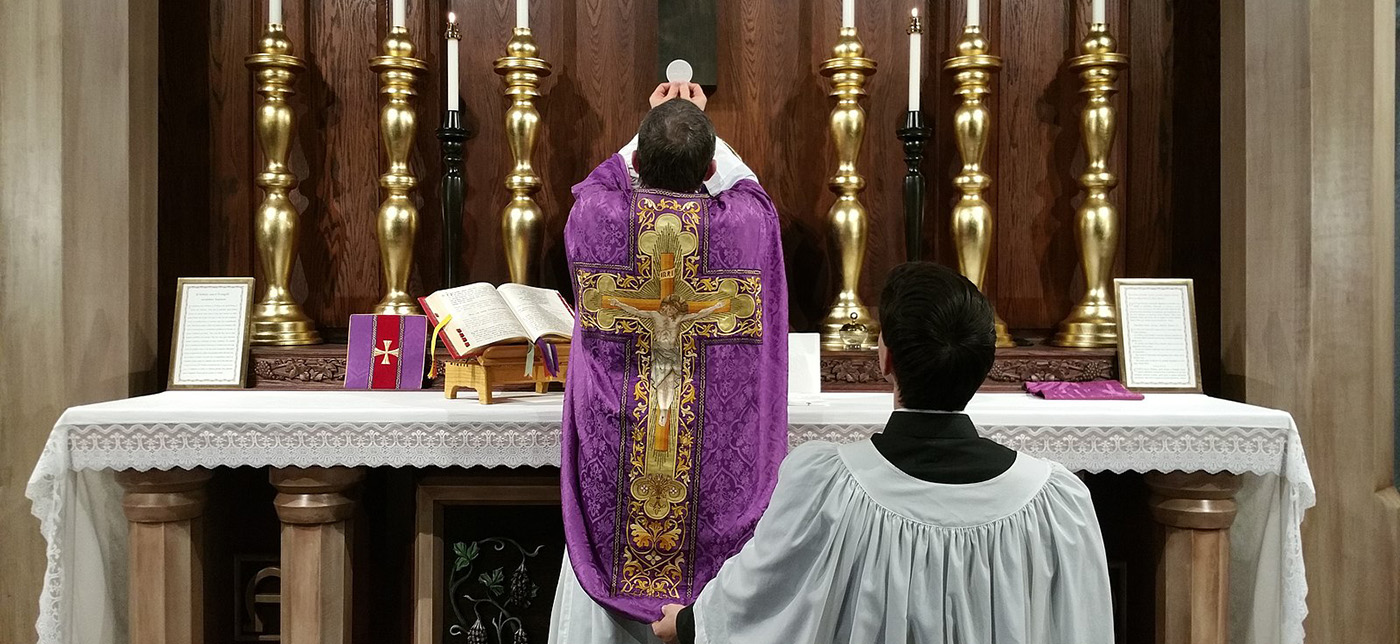In early May of 2022, Pope Francis spoke to instructors and students of the Pontifical Liturgical Institute in Rome and reiterated his concern that the Latin Mass communities were divisive to the Church, opposed to the reforms of Vatican II, and are politicizing the liturgy. In order to gain some perspective on his comments, let’s take a look at the history of the Latin Mass in the last sixty years and what we know data-wise about the Latin Mass communities.
Here is a timeline of the Latin Mass. The Tridentine Mass was approved in 1570 after the Council of Trent which was convened to respond to the Protestant Reformation. All the reformers had called for the language of worship to be the spoken language of the people. The Tridentine Mass was celebrated throughout the church up to the Second Vatican Council, 1962 – 1965.
1963 – Bishops at the Council called for a revision of the liturgy which could be celebrated in the local or vernacular language of the people
1970 –The New Order of the Mass (Novus Ordo) was approved in Latin for translation into local languages. The celebration of the Tridentine Mass was banned.
1988 – Pope John Paul II approved the use and expansion of the Tridentine Mass. Every diocese was to establish at least one site for the faithful to attend a Tridentine Mass.
2007 – Pope Benedict XVI allowed for even greater expansion by permitting individual priests to respond to the need for Tridentine Masses at their parishes.
2021 – On July 16, Pope Francis issues a document, Traditionis Custodis, which revokes the previous guidelines and gives the local bishop the authority for permitting Tridentine Masses only under very special circumstances. Any priest offering a Tridentine Mass must receive permission from his bishop. The scriptural readings must be in the local language. The sacraments of Holy Orders and Confirmation must be celebrated in the new rite. The details are still being worked out in individual dioceses.
The great concern about the Tridentine Mass arose because of fear of a schism in the Church. There were certain bishops, primarily in France, who refused to accept the new order of worship and most of the decrees of the Council. After years of dialogue with these bishops and the communities which had formed, a kind of middle-ground was determined which allowed for the Mass in Latin to continue to be used. An official schism has been avoided so far. The Tridentine Mass was looked upon in a way similar to other, older liturgical rites which have remained in union with the Roman Catholic Church.
Here is what we know about the Latin Mass communities throughout the world.
- 40% of all the Latin Masses in the world are celebrated in the United States.
- 20% are celebrated in France
- 15% are celebrated in Canada
These three countries represent 75% of all the Masses in Latin throughout the world. This should not be viewed as a worldwide phenomenon.
In the United States, this is what we know about the Latin Mass communities:
- 150,000 Catholics or 1-1.5% of all Sunday Mass attenders do so at a Mass in Latin
- 489 churches offer at least one Mass in Latin which represents about 4% of all the parishes in the United States
- 1% of the household income is the average parish contribution of Catholics
- 5-6% of the household income is the average parish contribution of Latin Mass attenders
- 99% weekly Mass attendance among Latin Mass attenders
The question is whether these communities are growing in number, maintaining or in decline. Unfortunately, the answer depends upon whom is asked. Proponents of the Latin Mass point to the increase in sites and the number of young families who are joining. Some would even say that the Latin Mass is “the wave of the future.” There are some limited studies which, in contrast, show that the number of Latin Mass attenders remains steady with younger families (usually children of Latin Mass families) replacing those who have died. In reality, even if the number of attendees was to double, that number would represent a very small percentage of the total number of Catholics in the United States.
So far, an official schism has been averted. No matter what the future months bring regarding the latest Vatican pronouncements, there are and always will be communities within the Catholic Church that view discipleship and spirituality in different ways.


